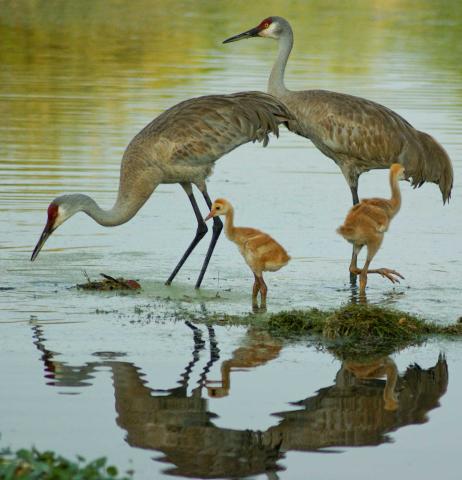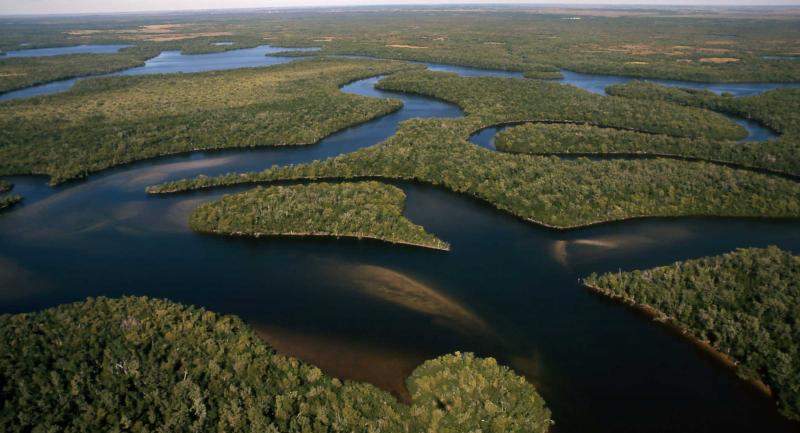The Homosassa River is another spring fed river beginning at Homosassa Springs. This short, slow-moving tidal river flows eight miles from the headsprings to where it meets the Gulf of America in Citrus County.
The river is a mixture of fresh water from the headsprings and salt water from the Gulf of America. The tidal influence makes the river home to both freshwater and saltwater fish. Some of the freshwater fish you'll find in the Homosassa River include Bluegill, Largemouth Bass and Spotted Sunfish. Some of the saltwater species you'll see include Grey Snapper, Stripped Mullet and Common Snook.

The headspring of the Homosassa River is located in the area now known as Ellie Schiller Homosassa Springs State Wildlife Park. The springs have been a tourist attraction since the early 1900s. Back then, trains used to stop to let rail passengers rest at the springs while the train was loaded with fish, crabs, cedar and spring water. Today, the park is owned by the state and managed by the Florida Park Service. The park offers educational programs for kids and adults.
The park is a designated manatee rehabilitation center and a participant in the U.S. Fish and Wildlife Service Manatee Rescue, Rehabilitation and Release Program. Endangered manatees that have been orphaned or injured in the wild find refuge in the park. An underwater observatory allows visitors to “walk underwater” and come nose-to-nose with these manatees. For their protection, the park does not allow swimming with the manatees or in-water recreation within park property. These animals would not recover as quickly and might lose their fear of humans, placing them at risk once they are returned to the wild.
The Homosassa River has experienced significant changes in ecology over the past hundred years, resulting from both natural changes and human activity. Though water clarity remains high in the upper portion of the river, it has declined greatly in the lower portion. Currently, increased levels of nitrogen have been a cause for concern, with sources including those from excess fertilizer use, septic systems and livestock waste. Changing salinity due to sea-level rise and fluctuations in river flow is also an emerging issue in the lower portion of the river.

